
views

Consider which people you'd like to come with you on your journey. These people should be in need of some fun, and willing to have it. They need to be prepared to rough it at times and to be stuck in the car for hours at a time when you just keep on driving. It also helps if each person coming along is able to and is willing to drive for some of the way, so that you can share the driving chore (with the obvious exception of children). Read How to take a road trip for your family and How to take a road trip with a friend for more ideas.
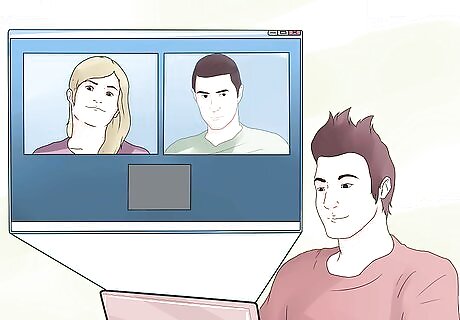
Take a day or evening to get together with these folks to brainstorm ideas for your trip. Dinners and shopping trips are great ways to do so, but over a few cocktails is the best way for many to get their creative juices flowing. Planning the trip should be fun and get people excited. Don't stress about the details or you're completely defeating the purpose. Even a general idea of a direction can be sufficient, with maybe a much desired place or site to visit included as one must-do or a turn back point. There are plenty of online planning sites that will help make it super easy for you to plan a rough itinerary and to get travel times, etc. Using these can speed up the decision-making process.

Get an idea of how long your trip will be, and what types of places people may want to visit. The only thing that you need to bear in mind as you amble along on the road trip is the return date. It's not going to be very helpful to be in San Francisco when you need to be in New York City the next day or so. Some planning is essential to ensure that your road trip gets you back to where you came from on time! In addition, if there are particular must-do visits, find out times of opening, dates of special events, and the accommodation needs. If you're heading to a festival or similar event, accommodation may be booked out if it's popular, so you might need to be prepared to sleep in the car or rough it in bivouacs; at least know beforehand so that you can be prepared.
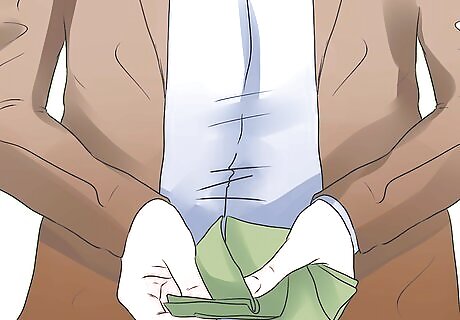
Set a budget and stick with it. If you're low on cash, make a pact to stay in cheap hotels and skimp on the dining out. Also pack well, so that you have towels, blankets, sleeping bags, food supplies, etc., that will help to keep down the costs if you need to rough it or you drive into town too late for a decent meal, etc. Some suggestions for things to pack are outlined in later steps. Have at least one credit card for emergencies, preferably one per person, as well as small amounts of cash for the cash-is-best deals such as cheap accommodation and meals. Plan ahead for prices of fuel using sites such as gas prices.mapquest.com or roadtripamerica.com (both USA sites). If you stop for a swim after roughing it for the night, use their showers to clean up. Other places to find showers include camping grounds and RV parks but usually you'll have to pay for the privilege of a shower in these places. Stay in national parks and state/provincial parks (you'll need an annual pass). If you do this, it will cost very little each stay and you will get the benefit of a car space and a tent space (just be sure to take your tent), as well as basic hygiene facilities. And there is nothing like waking up to the sounds of nature in the early morning. Avoid toll roads and big city stops and you'll avoid having to pay for road usage and parking. Take an up-to-date road atlas with you so you know how to avoid the tolls. Read How to choose a camping spot on a road trip for more ideas.

Check the car. Your most important element of a road trip is your car, which needs to be both reliable, fuel efficient, and safe. Obviously, start with a car in top working order and have it serviced before leaving. Spending most of the road trip stuck in a garage won't be fun, so spare yourself such a nightmarish outcome by having the car checked first. Some things you might need to consider include wheel realignment, tire changes, fresh oil, fixing a chipped windshield, checking clutch and brakes, and general condition of the engine. Once you're satisfied the car's in great shape, you have one big weight off your mind. Have the spare tire checked too. And if you don't have one, get one now, along with a jack. Ask the mechanic to show you how to change a tire if you don't know already; it's better to be slightly embarrassed now than to be frustrated in the middle of the desert with nobody for miles to help you. Check that there are jumper cables in the car. You'll also want to make copies of the car keys and give everyone one set. This will keep you from getting locked out, and will be more convenient when you switch drivers. It also helps should one person lose their set of keys; at lease one other person will have a back-up! Be sure to sign up for roadside assistance, such as the AAA. As well as roadside assistance, often such companies can set you up with free maps and even directions to your final destination. If possible, choose the most fuel-efficient car over any gas guzzlers. Read How to check your car before a road trip for more information.
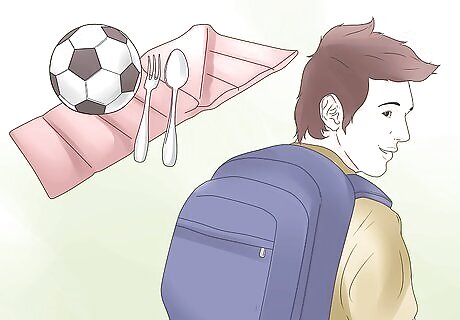
Pack supplies. Some planning for contingencies is important. Food, sleeping items, clothing, and water are essentials to add to your packing so that you're self-reliant. Be sure to wear and take comfortable clothing as you'll be sitting for long periods and time and you don't want to feel hot and constricted. Include some sleeping gear. Have at least one sleeping bag, one pillow, and one polar fleece or cotton blanket per person traveling. Add a tarpaulin or two for all sorts of purposes and some dish cloths/hand towels or similar for quick makeshift curtains for the car windows if you have to sleep in it overnight. Throw in some activity gear, like a soccer ball to kick at road stops, a Frisbee to throw, and a pack of cards for a game or two at a cafe. Include paper towels, utensils, dish cleaning gear, storage and garbage bags, and spare toilet paper. All these "just-in-case" items can help save money and get your out of a tight spot. Remember you may be traveling through the middle of nowhere pretty frequently and will need to pack a few safety things. Bring a gallon (3.7 liters) of water and a gallon (3.7 liters) of oil. Bring 50-100 feet (15 to 30 meters) of rope, duct tape, a first aid kit, a flashlight (the kind that doesn't use batteries is nice because you don't have to worry about batteries), bug spray, jumper cables, a pocket knife, a compass, an umbrella, and blanket(s). It can also be helpful to have an electricity converter for charging your music players, laptops, cell phones, etc. If you plan on crossing country borders, have your passport and any visas needed, as well as checking that your passport has enough time left on it.

Take care of food and snack needs. Food is one of the most important aspects of the trip, especially if you're trying to drive cross-country in two days. If you want to cover the most ground, you can't stop to eat too often. If you're concerned about health, you shouldn't do drive-thrus all the time, either. Indeed, if you eat a poor diet while on the road you'll be sleepy and less aware, increasing the risk of accidents. Be prepared to pack things you may not like to eat, but must anyway. Snack or energy bars are a great choice, as well as fresh fruit, cereal, nuts, seeds, trail mix, etc. For cooking purposes, take along some seasoning, pasta, quick-cook rice, and camping style food packages, and you can pick up fresh fruit, veggies, fish, and meat as you travel, especially from local farmers and fishing operations – fresh is best and that's part of your discovery experience on a road trip. It's especially important to carry plentiful supplies of food if you have dietary restrictions, such as gluten intolerant, vegetarian, etc., as the roadside diners won't always have what you can eat. Find a good, collapsible cooler that will not take up any more space than one seat and pack it full. Buy ice packs or seal-able bags and fill them with ice. Do not put ice directly in the cooler because when it melts it will be a pain, and you'll need to get more ice at every stop; always have it in a container. If you stay in overnight accommodation, an icepack can be refrozen in the bar fridge but remember to take it with you each time. You can always bake cookies, eggs, or other food on your car engine if you bring along some aluminum foil and seasoning! See How to bake cookies on your car dashboard and How to cook food on your car's engine for inspiration. Read How to keep food fresh on a road trip for more ideas.
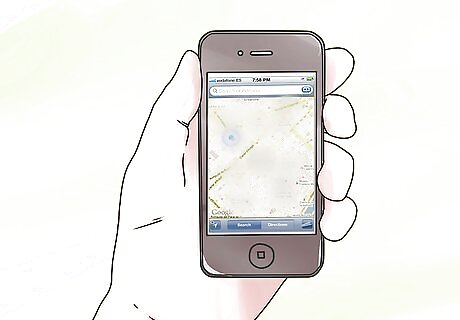
Pack a map and/or GPS. Always have paper maps or a map book with you, even if you have GPS. Something could go wrong with the GPS and you don't want to be stranded just because it's all you relied upon.

Have each person create a mixed CD with a theme for the car ride. For example, one with all music that reminds them of summer, music that was popular in junior high school, etc... Each person should bring items to the car that coincide with this theme, such as candy, tiaras, cheap sunglasses, tie-dye... you get the picture. It's funny if you keep these details a secret until you hit the road.
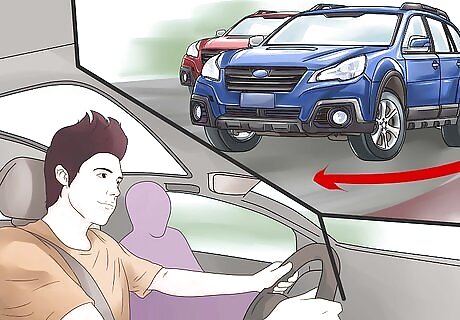
Take care driving. A road trip is an awesome experience but don't mar it by driving dangerously or thoughtlessly. Try to drive during the cooler parts of the day (less air-conditioning and not so hot for all of you), and use cruise control where possible to enable a steady speed. There are a number of things to be very conscious of when driving a road trip: Never pass or overtake on blind bends or hills, no matter how confident you start feeling as you keep on driving. Another car or truck coming the other way has nothing to do with your confidence! If you feel as if you've done enough driving for the day, heed that feeling. Pushing yourself beyond your limits puts you into the danger zone of drowsiness, poor reaction time, and bad decision-making. Any drowsiness should be heeded; find the nearest rest stop, pull over and take a good 20 minute break that includes stretching, walking, and perhaps eating and drinking. The most basic rest stops have no facilities and consist solely of a paved shoulder on the side of the highway where travelers can rest, look at their maps or nearby scenery, or use mobile phones. When stopping in these areas, any trash resulting from pre-packed food or drinks is generally expected to be carried out. Heed the space needed for large vehicles such as trucks, RVs, buses, etc. when overtaking or passing them, as well as giving them wide berth when they're turning. Remember that if you can't see their mirrors, they cannot see you; pass by them quickly but safely, and don't cut in too soon when pulling back in. Have one person sleep, and one person awake, if you happen to be traveling at night. If you have to drive through the night and everyone is tired, take shifts that are 1 hour 45 minutes long. Everyone sleeps in cycles, and these cycles are typically 1.5 hours long. Adding the extra fifteen minutes allows for you to settle in and get to sleep. It's also best to begin waking the next person up a few minutes before you actually stop. To stay awake: drink caffeine, eat crunchy things like apples, shine lights into your eyes, roll down the windows, turn the music up (unless this wakes up the others), bite your cheek, pinch yourself, or change lanes frequently. Read How to stay awake when driving for more details.
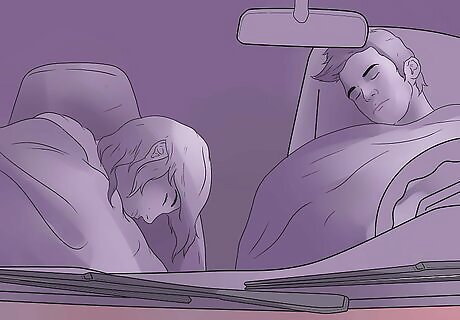
Sleep with care if car-bound. If you choose to sleep in the car, take care with your choice of sleeping location. Look for areas that are well lit, out of the way of pedestrian or vehicle traffic, and that aren't likely to have traffic patrol knocking on your window! The car park of the motel that told you they're all full might be a good location, especially if you're all really tired and fed up looking for somewhere to sleep. These are often well lit and out of the way of traffic; however, beware the possibility of thieves trying to break into cars that might be surprised by people in a car! Camping grounds and RV parks can be a spot to park (for a cost) but not actually get out of your car. This will still cost you but can save time by not setting up a tent if you're in a hurry. Well-lit truck stops are a good choice for sleeping. Many truck drivers use them, so it's a generally accepted habit in such places.
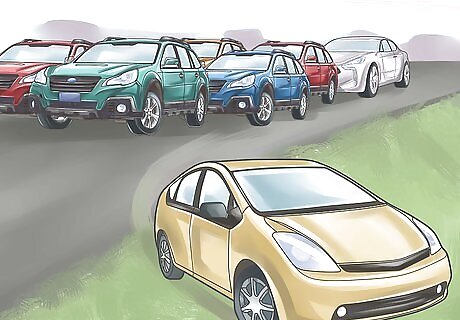
Travel against peak traffic or outside peak times when traversing cities and large towns. There is nothing more frustrating (and somethings scary) than a free-as-a-bird road trip getting snagged in a traffic jam as you're transiting through an unknown city to get to the other side. Check the traffic flow (jams usually occur into big city centers in the early morning and away from them in the mid to late afternoon) and avoid going that way. Or, opt to transit through when the traffic is only non-peak. If you do get caught up and you're feeling drained of energy, frightened by the traffic, or tired, take the first exit and wait it out. Use it as a chance to explore wherever you've turned off to, or to get a coffee.

Head out and enjoy the drive! Once you've taken care of all the planning, checking, and you're fully aware of how to deal with any of the risks and problems that can crop up, it's time to head off on your road trip. The road trip will be as monumental, amazing, and memorable as you decide to make it, so don't be hung up by preconceived notions or unrealistic ideas. If things interest you along the way that you didn't expect to, give in to the whim and discover something completely new. You won't regret discovering and exploring new aspects of life around you and you may even meet the most incredible people. If you're in a different part of the country, take the scenic route whenever you can. You may be surprised how different and beautiful your country can be. Be spontaneous. If you see a billboard for some off-the-wall store or a crazy attraction, go. Don't get caught up in an itinerary or time schedule. Wherever you go, make sure you go out on the town and mingle with the locals. Do your best to avoid eating at chain restaurants. Local restaurants are much better 95 percent of the time and much more fun 100 percent of the time. Besides, you're more likely to meet some great characters at local diners and restaurants.
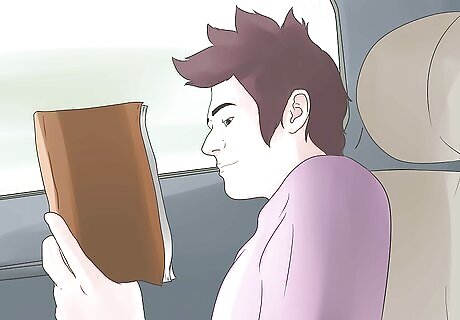
Keep amused. Remember that conversation will likely be your number one source of entertainment, but you need to plan for those times during which you run out of things to talk about for the moment. It's a long time inside the car and you won't always be entertained by the scenery or conversation on board. If you can read in a car, books and magazines might work for you to pass some time. If not, explore the possibilities – listen to your iPod or the music in the CD player, watch DVDs on a portable DVD player, look for shapes in the clouds, count cars, etc. and play some car games: Play the game "I spy": Pick an object everyone can see and say "I spy with my little eye, something beginning with [insert letter]; or something that is [insert color/size]". Whoever guesses correctly gets to go next. Play "Guess the license plate": Spot where cars come from and work out the state or province, perhaps even country, that they're from. The winner is the person who has seen the most states/provinces by the end of the road trip. (It's probably a good idea to keep a record in a small notebook.) Or, vary the game by using the letters of each license plate to make a phrase, such as "CBD" could be "cows in broad daylight", etc. Play "Scavenger hunt": Have someone draw up a list of items that have to be spotted during the set time. The first to check off all the items on the list wins. Play "Count the cows": Count as many cows or other objects as possible within a defined period of the trip. Passing a cemetery loses you all your points and you have to start again. The winner is the one with the highest count. Play the "Alphabet game": Search for each letter of the alphabet on your side of the road, in signs, storefronts, on vehicles, etc. The winner is the one to get the whole alphabet first. Play "Storytelling": Simply relate a line, then the next person has to make up another line, and so forth until a whole tale is spun. The crazier, the better; have a good laugh! Read How to choose kid's games for road trips for more ideas. And don't forget sing alongs!
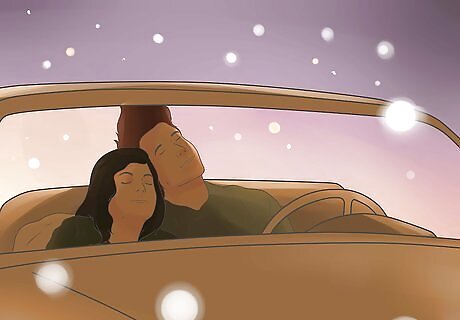
Enjoy the developing relationships on board your road trip vehicle. As you travel together, you'll get to know one another more than ever. If you and your fellow road trippers start arguing, falling in love, discovering deep and meaningful things about one another, etc., take the time needed to sort through your feelings and exchanges with each another. This is definitely a part of the road trip - bonding and learning more about one another, so don't simply ignore anything and let feelings get out of control. Stop and listen to one another! Being in such close proximity for so long with certain friends can lead to the friendship reaching break point. If so, this can be especially awkward when you still have to drive 1,000 miles (1,600 km) back home with the guy, so be sure to take "breathers" every now-and-then so you don't get on each others' nerves.

Keep a record of your road trip. Finally, but not least, keep your memories of the road trip alive for the rest of your life by documenting it in digital and written form. At the very least, take pictures! No matter where you are or what you're doing, if you don't, you will regret not taking pictures of your experiences. As well, try to keep at least a bare bones daily record of the places you've visited and traveled through. If you also have the energy to write down your feelings, do that too. All of these memories will bring the trip back to you in years to come. Digital is the way to go when taking travel photos. Just make sure you have plenty of fully-charged batteries and adequate storage capacity. If memory cards get full they can be downloaded to CDs at the photo departments at big box stores and pharmacies anywhere. Or, if staying with family or friends, just use their computers to backup to disc. Don't be miserly with the photos; take many and there will be at least one gem per round of shots of the same monument, scenery, or feature! Photograph such structures as a bridge crossing between states, border signs, motels where you slept and have a funny story to tell, interesting signs, etc. Make a checklist of photos that must be taken by each person on the trip. For example, each day someone must take a picture with a random family, a garden gnome, a monument, a particular franchise, a church, etc. Take a picture of one person at each state or provincial line. While it may be tacky, you're guaranteed laughter and these photos will make great keepsakes later on. Be sure to get lots of photos of your traveling companions. And if you can, get their daily or regular impressions of the trip too and write these down.












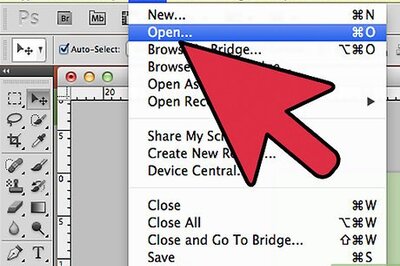







Comments
0 comment